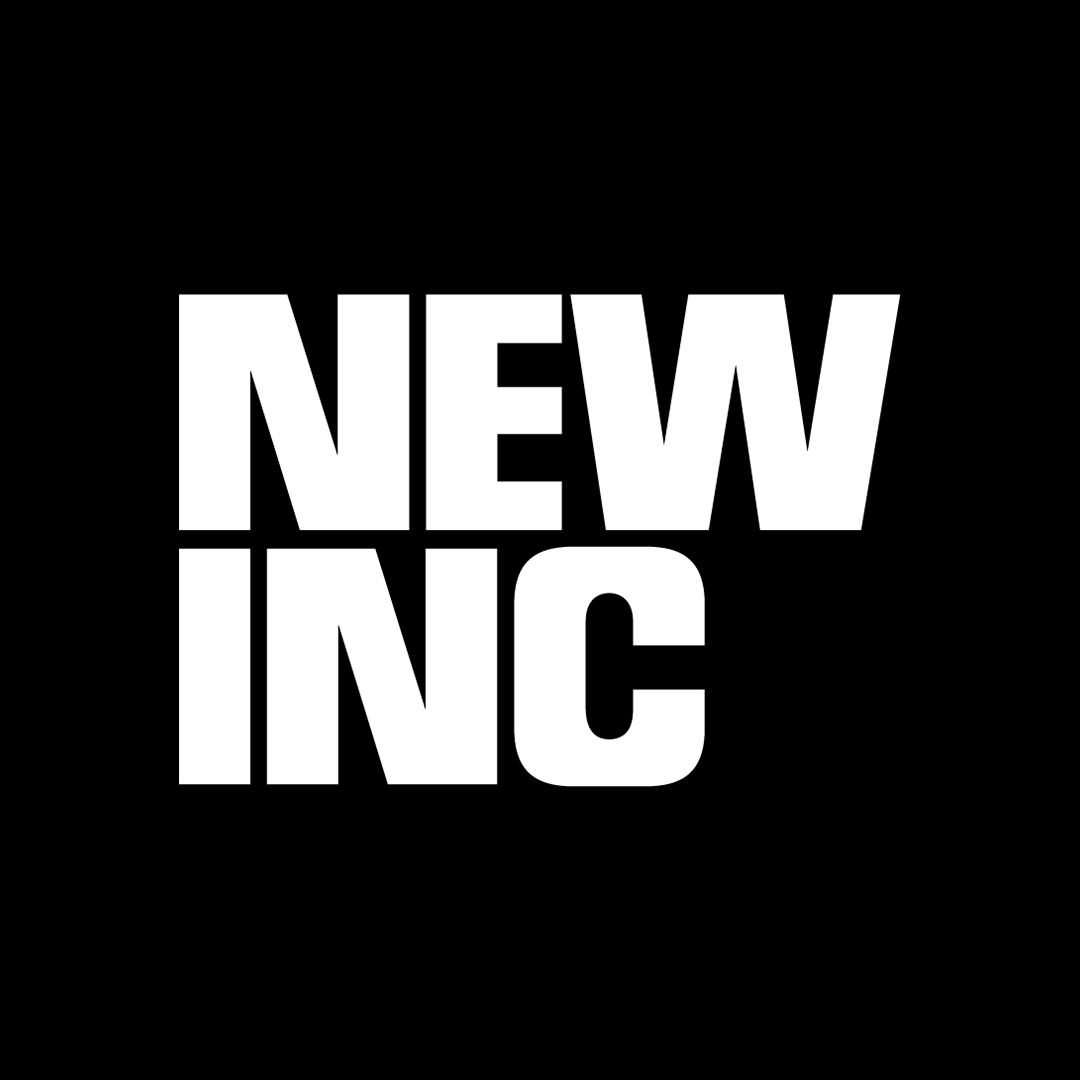Karolina Ziulkoski Envisions An Entirely Digital Museum
For this artist, audience engagement is key.
Courtesy Karolina Ziulkoski.
It wasn't that long ago that informational museums were little more than (expert) science-fair-esque data dumps; or, put another way, a conglomeration of stuff presented all at once, supported by poster board plaques crammed with tons of indiscernible information. (You could almost smell the Sharpie ink.)
But those days are gone–the proverbial encyclopedia museum is dead (and good riddance, at that). With the advent of digital technology, the time it takes to both consume and produce information has radically diminished. For their part, museums—as platforms of knowledge—face an unprecedented need to keep up with the contemporary pace of knowledge production and consumption.
Enter The Museum of Municipalism, artist Karolina Ziulkoski’s latest project, which takes a lot of these considerations into account by questioning the practicality of the traditional museum model itself. In Ziulkoski's proposal, the museum would serve as an all-digital space exploring the history of Brazilian cities through sixteen interactive installations, and would be housed atop the National Confederation of Municipalities in Brasilia, Brazil. Ziulkoski's concept features big buttons, as well as knobs, levers, and sliders galore—all of which, when engaged by the museum-goer, activates the installations.
To her credit, Ziulkoski acknowledges that an exhibition model that runs on interactivity alone could very well turn into a gimmick fast (or an empty display of technology). But Ziulkoski assured me in a recent interview that the project is not interested in staging flashy interactive experiences for the sake of staging flashy interactive experiences. Ziulkoski, who is a veteran of interactive design, is committed to keeping the relationship between the content and the interaction her top priority.
Courtesy Karolina Ziulkoski.
“Some people just push things to see what happens [and that’s fine],” Ziulkoski told me. “But I want them to be able to take something out of that. There’s this knob that you can twist which shows you a map of the evolution of Brazilian cities, and if you twist it really fast to see how fast it can go [and really push boundaries], it becomes an animation. But if you go slowly, there is a slower more detailed explanation presented to you.”
For audiences less inclined to participate, there are more passive installations, like videos that start running when you pass by. Other stations, meanwhile, encourage more engagement for those intent on participating. Whatever the case, the digital museum is designed to ensure that all audiences glean something.
The interactivity of this information presentation, it must be noted, is radical. By encouraging this hands-on method of engaging with content, Ziulkoski’s museum also breaks the most sacred and long-held of museum commandments: “DO NOT TOUCH.”
“It’s really odd because we have five senses, but in the museum, we only [get] to use one. You get to see, listen maybe,” Ziulkoski said.
This is a curious play on the senses. Ziulkoski wants to engage her audience through their physical senses (hence all the interactivity), yet there are no physical objects to touch: just stories and information that materialize with a push or a pull. By prioritizing both the accuracy of the information presented and the methods employed to engage audiences, Ziulkoski is, in earnest, aiming to create an exhibition model that makes the intangible tangible.
Author: Annie Felix
Editor: Rain Embuscado


